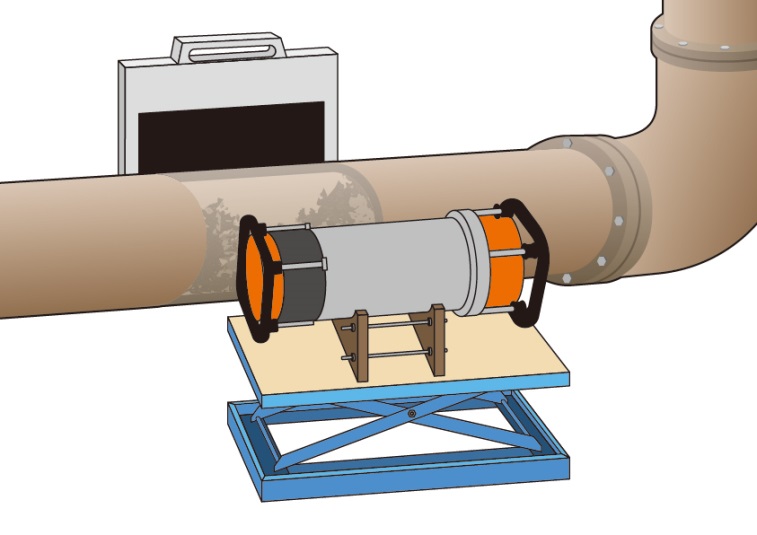Outline of X-rays inspection An easy to understand the scintillator
Outline of X-rays inspection
X-rays discovery by Wilhelm Konrad Roentgen in 1895 and invention of X-rays photosensitive paper (CaWO4 intensifying paper) by Edison in 1897 enabled medical fluoroscopic diagnosis by fluoroscopy widely known under the name of "X-rays examination".
With this, diagnosis method of injuries such as bone fractures and that of diseases such as pneumonia can be realized in non-invasive (diagnosis without injection or surgery, without pain), contributing greatly to the medical examination and treatment.
This technology has been developed not only for medical usages, but also for security inspections such as baggage inspection at the airport, metal substance inspection in food contamination, and flaw inspection such as piping and equipment soundness diagnosis in chemical production plant. This leads to improvement of the comfort and the safety in our life. These inspections are also called non-destructive inspection because they can be inspected without object destruction by using X-rays fluoroscopy.
In X-rays examination before 1980,

- 1)The inspection result was handled with a developed film of photographed image called “X-ray film”. For this reason, a lot of labor to transport the films in the transmission of inspection information, and a place to store the films of the inspection results were necessary.
- 2)When human are exposed to large amounts of X-rays, health problems caused by radiation exposure occur. Therefore it is necessary to shoot efficiently with as little X-rays as possible. Because X-rays themselves have very weak direct photographic action, X-ray films are used in combination with cardboards or plastic coated with special light-sensitive material (intensifying screen) together for efficiency improvement.
